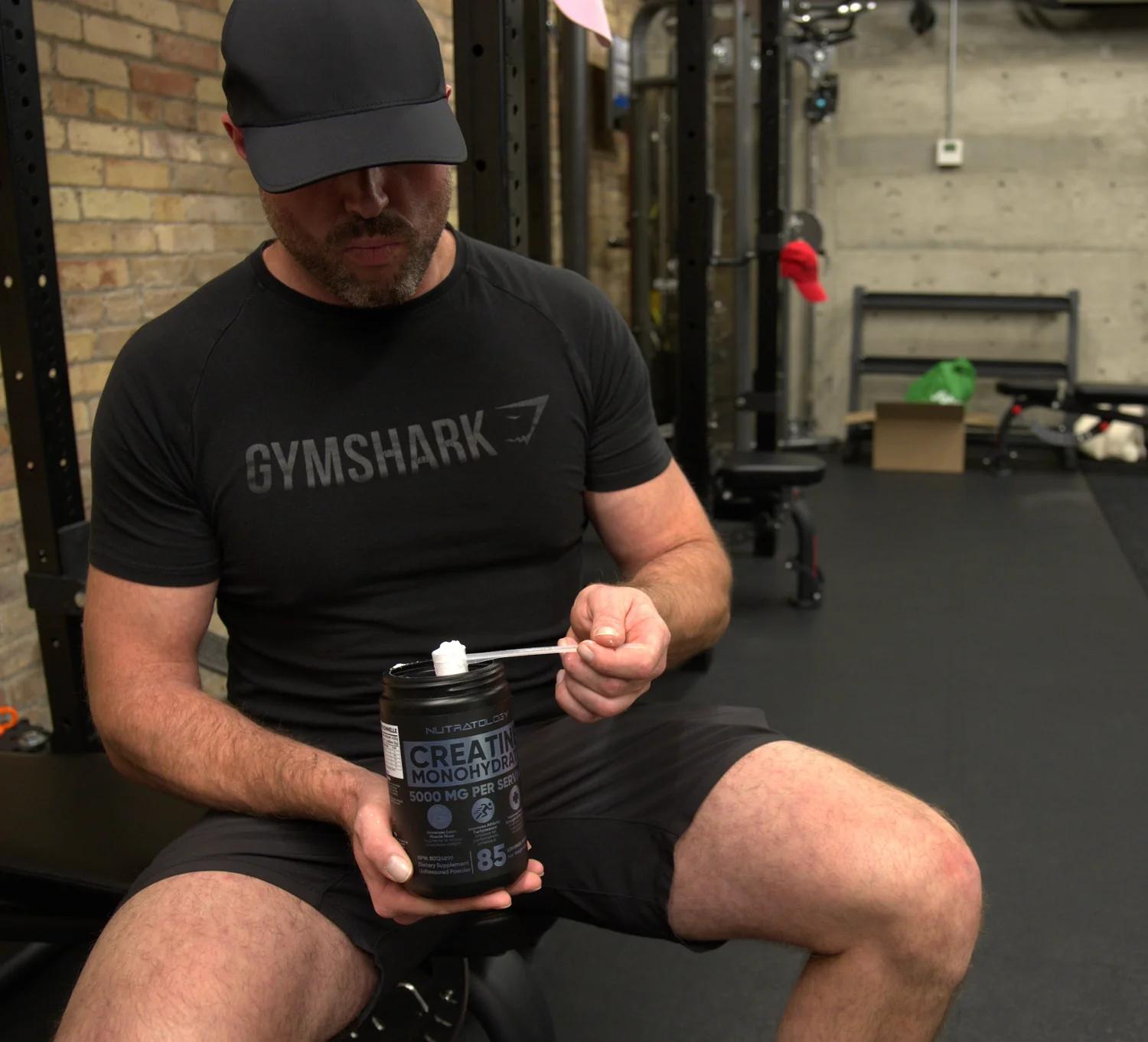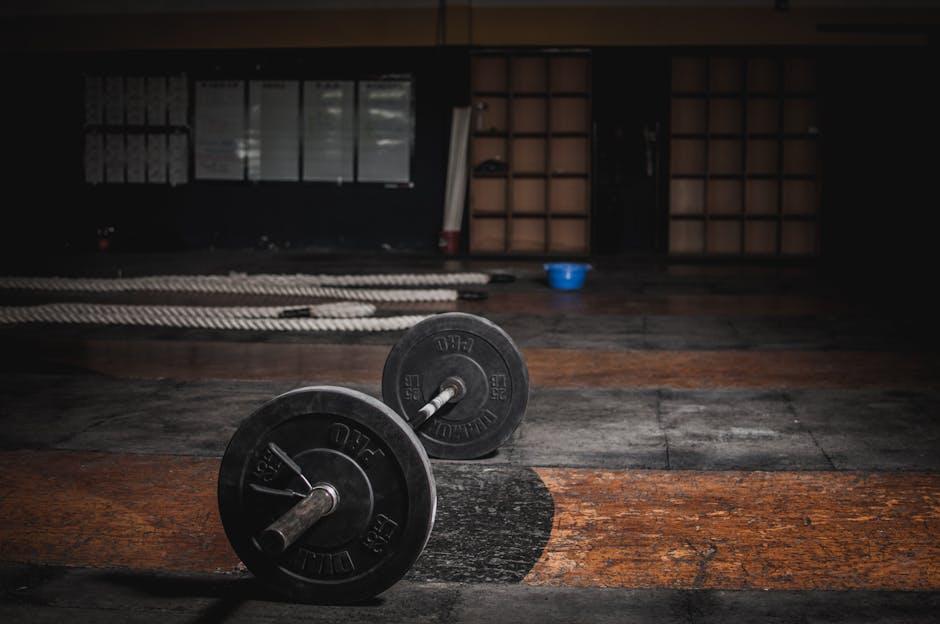In the quest for enhanced muscle power and performance, creatine supplements have emerged as a cornerstone for athletes and fitness enthusiasts alike. With its scientifically-backed benefits and widespread acclaim, creatine has become an essential tool for those seeking to push their physical limits. This guide will provide you with a comprehensive understanding of how to effectively incorporate creatine into your fitness regimen, maximizing its potential to boost muscle power. Whether you’re a seasoned athlete or a newcomer to strength training, this article will equip you with the knowledge and confidence needed to harness the full benefits of creatine supplementation. Get ready to elevate your performance and achieve your fitness goals with precision and efficiency.
Choosing the Right Type of Creatine for Your Fitness Goals
When it comes to maximizing your muscle power with creatine supplements, selecting the appropriate type can make all the difference. Creatine Monohydrate is the most researched and widely used form, known for its ability to enhance strength and power. If you’re just starting out or looking for a cost-effective option, this is your go-to. On the other hand, Creatine Hydrochloride (HCL) is favored for its superior solubility and reduced risk of bloating, making it a great choice for those with sensitive stomachs or those who dislike the loading phase.
Consider your fitness goals and personal preferences when deciding on a creatine type. For those focused on rapid absorption and reduced water retention, options like Creatine Ethyl Ester might be appealing, although it may come at a higher cost. If you’re aiming for a more holistic approach, Buffered Creatine claims to minimize acidity-related breakdown in the stomach, potentially enhancing overall effectiveness. Here are some factors to keep in mind when choosing:
- Budget: Monohydrate is the most affordable.
- Digestive Comfort: HCL is easier on the stomach.
- Absorption Speed: Ethyl Ester offers quicker uptake.
- Water Retention: Buffered Creatine may reduce bloating.
Align your choice with your specific needs to harness the full power of creatine supplements.

Optimal Dosage and Timing for Maximum Muscle Power
To unlock the full potential of creatine supplements, it’s crucial to understand both the dosage and timing for optimal muscle power. Most experts recommend starting with a loading phase: for the first 5-7 days, take 20 grams of creatine daily, divided into four 5-gram servings. This phase helps saturate your muscles with creatine, laying the foundation for enhanced performance.
- After the loading phase, transition to a maintenance dose of 3-5 grams per day.
- Consume creatine post-workout with a source of carbohydrates to maximize absorption.
- Stay consistent with your dosing schedule, even on rest days, to maintain muscle creatine stores.
Timing is also key. While creatine can be taken at any time of day, consuming it post-exercise may enhance recovery and muscle growth. Some athletes prefer to take it before workouts for an immediate energy boost, but the most critical factor is regularity in supplementation.

Integrating Creatine into Your Workout Routine Effectively
When it comes to harnessing the full potential of creatine in your workout regimen, strategic integration is key. Start by understanding your body’s needs and aligning them with the correct dosage. Typically, a loading phase of 20 grams per day, divided into four servings, over five days can saturate your muscles effectively. Following this, maintain with a daily dose of 3-5 grams. Consistency is crucial, so consider incorporating creatine into your pre or post-workout routine for optimal results.
- Hydration: Ensure adequate water intake to prevent dehydration, as creatine draws water into muscle cells.
- Timing: Pair with carbohydrates or protein to enhance absorption.
- Rest Days: Continue supplementation even on non-training days to maintain creatine levels.
- Cycle Creatine: Consider cycling off every 8-12 weeks to assess your body’s response and prevent adaptation.
By adhering to these guidelines, you can maximize the benefits of creatine, enhancing muscle power and recovery, and ultimately, elevating your overall performance in the gym.
Monitoring Progress and Adjusting Creatine Intake for Best Results
Keeping track of your progress is crucial to optimizing your creatine supplementation. Begin by setting specific goals, whether it’s increasing your lifting capacity, enhancing endurance, or improving recovery times. Regularly monitor your performance metrics and adjust your creatine intake accordingly. Start with the recommended dose, typically around 3-5 grams per day, and observe your body’s response over a few weeks.
If you find that you’re not achieving the desired results, consider tweaking your intake. Listen to your body and make adjustments as necessary. Here’s a simple guide to help you fine-tune your regimen:
- Plateaued Progress: If your progress stalls, ensure you’re consistent with your intake and consider a slight increase, but never exceed the recommended safe limits.
- Digestive Issues: Experiencing discomfort? Try splitting your dose throughout the day to ease absorption.
- Hydration Levels: Creatine draws water into muscle cells. Stay well-hydrated to maximize benefits and avoid cramping.
Remember, individual responses to creatine can vary. By diligently monitoring your progress and making informed adjustments, you can harness the full potential of creatine supplements to boost your muscle power effectively.




